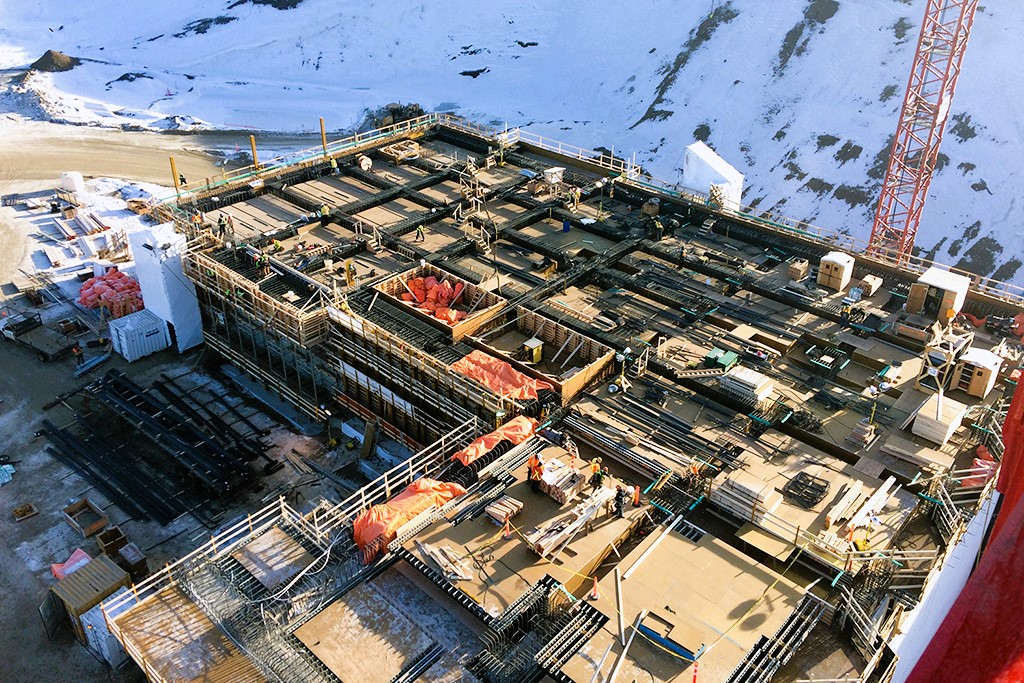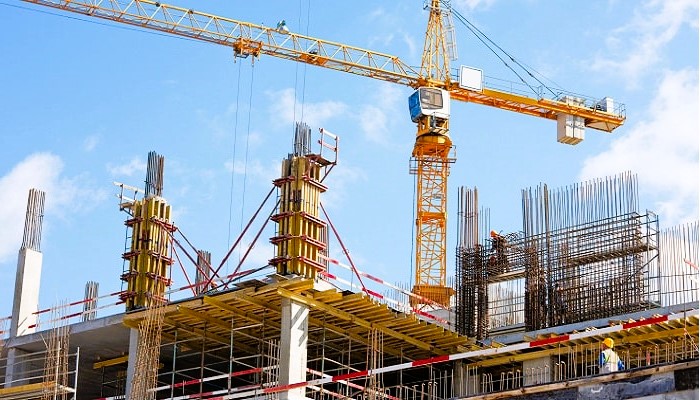Investments in Infrastructure in Vancouver and Their Reflection in Construction Data
Infrastructure development is a vital component of urban growth and sustainability. Cities like Vancouver, Canada, have been actively investing in infrastructure projects to meet the evolving needs of their growing populations. These investments have a significant impact on the construction industry, generating a wealth of construction data that reflects the scale, scope, and progress of these projects. In this article, we will delve into the investments in infrastructure in Vancouver and examine how this spending is reflected in construction data.
Investments in Infrastructure in Vancouver
Vancouver, located on the west coast of Canada, is known for its stunning natural surroundings and a growing urban population. To accommodate this growth and ensure the city’s long-term sustainability, significant investments have been made in various infrastructure projects. These investments span multiple sectors, including transportation, housing, utilities, and public facilities. Key infrastructure investments in Vancouver include:
- Transportation: Vancouver has prioritized transportation infrastructure, including the expansion of public transit systems, the construction of new bridges, and road improvements. The SkyTrain expansion, in particular, has been a major focus to reduce traffic congestion.
- Housing: Affordable housing initiatives are critical in Vancouver, where housing affordability has been a significant challenge. Investment in housing infrastructure includes the development of affordable housing units and mixed-use developments.
- Utilities: Investments in utilities involve upgrading water and sewage systems to meet environmental standards and support population growth. These projects aim to ensure a clean and sustainable water supply.
- Green Initiatives: Vancouver is committed to environmental sustainability, with investments in green infrastructure, such as bike lanes, electric vehicle charging stations, and green roofs, to promote eco-friendly transportation and energy-efficient buildings.
- Public Facilities: Construction projects related to public facilities include the expansion and improvement of healthcare facilities, schools, community centers, and parks to enhance the quality of life for residents.
Reflection in Construction Data
Investments in infrastructure projects in Vancouver leave a clear imprint on construction data, providing insights into the scale, progress, and impact of these developments:
- Construction Permits: The issuance of construction permits is one of the first indicators of infrastructure investments. A surge in permit applications for residential, commercial, and public infrastructure projects reflects increased construction activity.
- Employment Trends: The construction industry in Vancouver sees fluctuations in employment levels corresponding to infrastructure projects. An increase in job opportunities in construction trades is a direct reflection of investment in new infrastructure.
- Construction Spending: Government spending on infrastructure projects can be tracked through construction data. The allocation of funds to specific projects, such as transportation or housing initiatives, is reflected in construction budgets and expenditures. Construction Project Management: Using Statistics.

- Project Timelines: Construction data provides insights into project timelines, including the start and completion dates of infrastructure projects. Delays or accelerations in construction schedules are reflected in this data.
- Materials and Resources: The types of materials and resources used in construction projects can indicate the nature of the infrastructure investments. For example, investments in sustainable infrastructure may lead to increased use of eco-friendly construction materials.
- Impact on the Economy: Infrastructure investments have a ripple effect on the local economy. Construction data can reveal the economic impact through factors such as increased economic output and job creation.
Standards and Guidelines
To ensure that infrastructure investments are carried out efficiently and meet established standards, various guidelines and standards are adhered to. Wikipedia offers comprehensive information on construction standards and practices, providing insights into international standards and best practices. Additionally, Canada.ca, the official website of the Government of Canada, offers resources and regulations related to infrastructure development and construction in Vancouver and across Canada, ensuring that construction practices align with national standards for quality and sustainability.
Conclusion
Investments in infrastructure in Vancouver are essential for the city’s growth and sustainability. These investments are reflected in construction data, providing valuable insights into the scale, progress, and impact of these projects. As Vancouver continues to evolve and meet the needs of its residents, construction data will remain a critical tool for assessing the success and effectiveness of infrastructure investments.
For more information on infrastructure investments in Vancouver and relevant standards, you can visit the following websites:
- Wikipedia – Construction Standards
